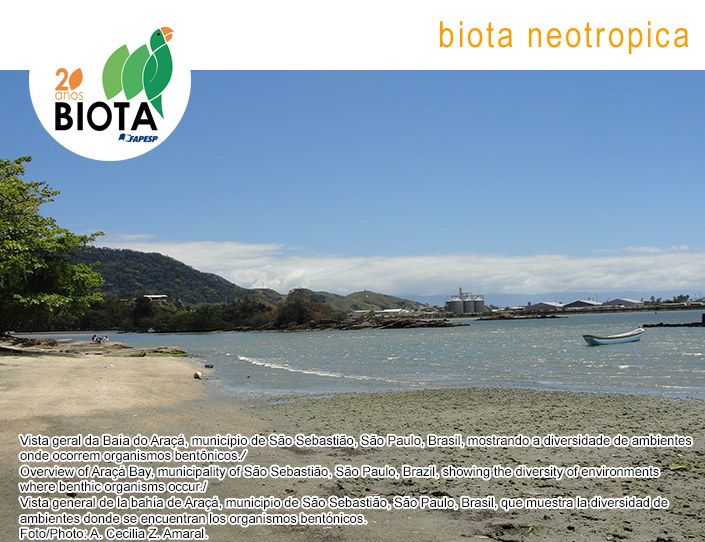THESIS
Influence of land use on stream macroinvertebrate communities: emphasis to the sugar cane cultivation in the adjacent areas
Juliano José Corbi
ABSTRACT
Brazilian colonization occurred without a specific planning and, as a consequence, natural resources, particularly forests, were greatly affected specially by economic interests. In the Brazilian history, the native land cover vegetation was removed, and substituted by agriculture, mainly of sugar cane and also pastures. In the State of São Paulo, the sugar cane culture has also being enlarged, with the annual production of the about 200x106 tons covering an area of 2.5x106 ha. The use of herbicides and fertilizers containing different concentrations of the metals Pb, Ni, Cr, Cd and Zn, during different periods of cultivation of sugar cane, in addition to the deforestation of riparian vegetation, have caused impacts on the hydric resources of the adjacent areas. In the present work, the influence of the agricultural activity, in particular, sugar cane culture, on stream macroinvertebrate communities was studied. Macroinvertebrates, sediments and water were surveyed in three periods: March/April, 2002; June/July/August, 2002; October/November, 2002. Thirty three samples were collected: 15 in streams with sugar cane culture, 12 in streams with riparian vegetation and 6 in pasture areas. The concentration of the dissolved oxygen was low in streams without riparian vegetation (sugar cane and pasture) when compared to preserved areas. The concentration of the metals Cu, Fe, Cd, Zn, Mn, Cr e Ni of the sediment were high in streams with sugar cane cultivation, with significant differences to Cu and Zn, when compared to forested streams. The streams located in the adjacent areas with sugar cane cultivation also present high concentration and frequency of occurrence of the 15 organochlorine compounds analyzed. In this study, 3365 organisms were collected, in which 54 Chironomidae taxa and 42 of other aquatic macroinvertebrates. The streams located in areas of sugar cane culture and pasture (opened areas) presented low taxa and a great participation of Chironomidae (78% of the total). In contrast, the streams located in areas with riparian vegetation presented a rich aquatic fauna with less participation of Chironomidae (60% of the total). The community index, in addition to other measurements, applied to the stream macroinvertebrates community of the 11 streams pointed out to major values of richness, diversity and biotic index to the streams located on forested areas, when compared to the streams located on areas with sugar cane cultivation and pasture. Overall our results indicated that deforestation of the riparian vegetation was the principal aspect that influenced the stream macroinvertebrate communities. The loss of the riparian vegetation in the streams located adjacent of the agriculture areas establish an environmental impact that results in a poor taxa richness and shows clearly the necessity of a suitable management of the hydric resources of the southeast region of Brazil.
Key-words: aquatic macroinvertebrates, streams, sugar cane, land use
Tese (Doutorado) - Universidade Federal de São Carlos, 2006.
Publication Dates
-
Publication in this collection
27 Feb 2007 -
Date of issue
2006

